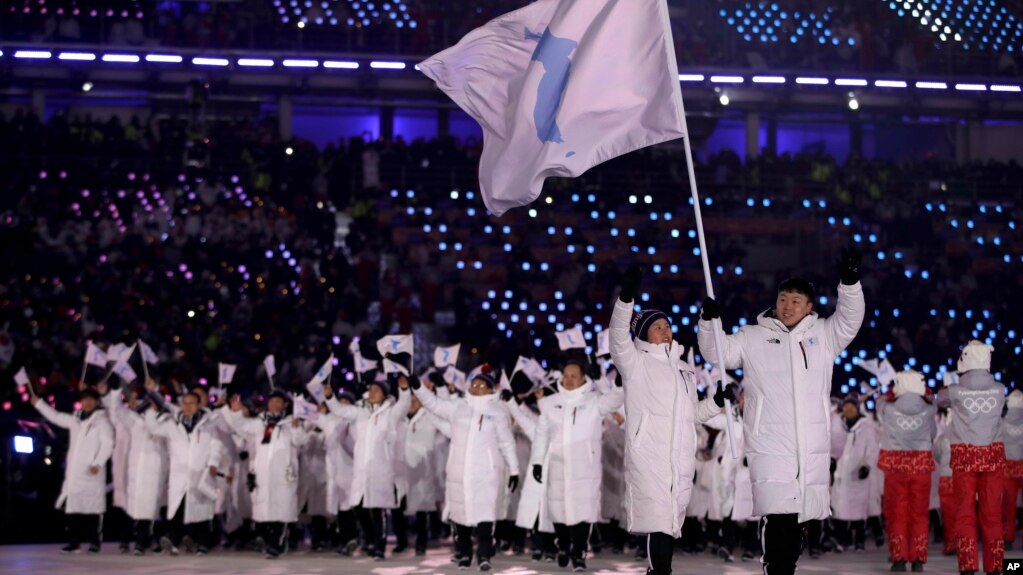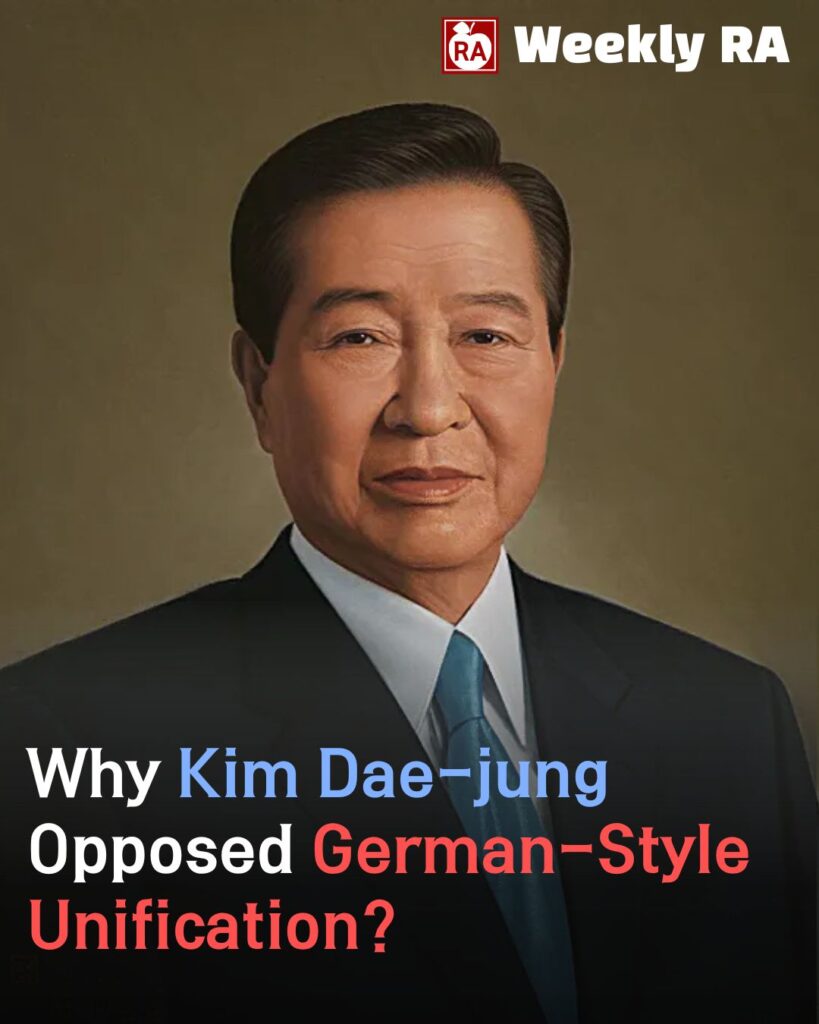Who is Kim Dae Jung
Kim Dae-jung was the 15th President of South Korea. He was born on Haui Island in Sinan and initially worked in the shipping industry. In 1954, he entered politics and eventually became the leader of the opposition party. He fought for democracy and human rights during South Korea’s era of military dictatorship, even receiving a death sentence under the authoritarian regimes of Park Chung-hee and Chun Doo-hwan. In 1997, shortly after the IMF financial crisis, he was elected president and led the country through economic recovery and the transition to an information society. In 2000, he successfully held the first Inter-Korean Summit and was awarded the Nobel Peace Prize for his efforts. He passed away in 2009 at the age of 85. His political ideology is generally regarded as center-right liberalism.
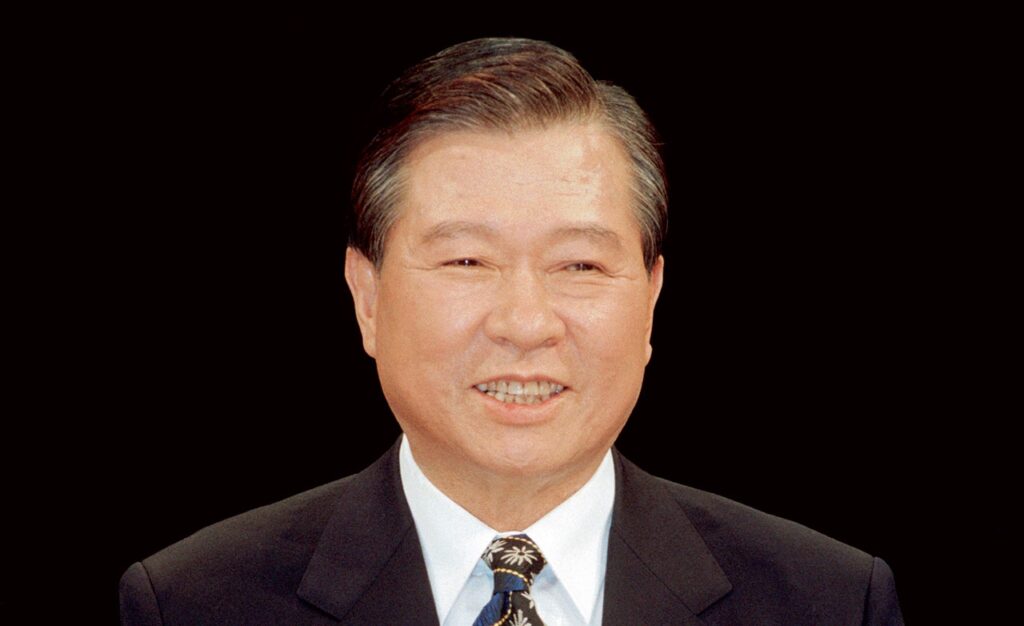
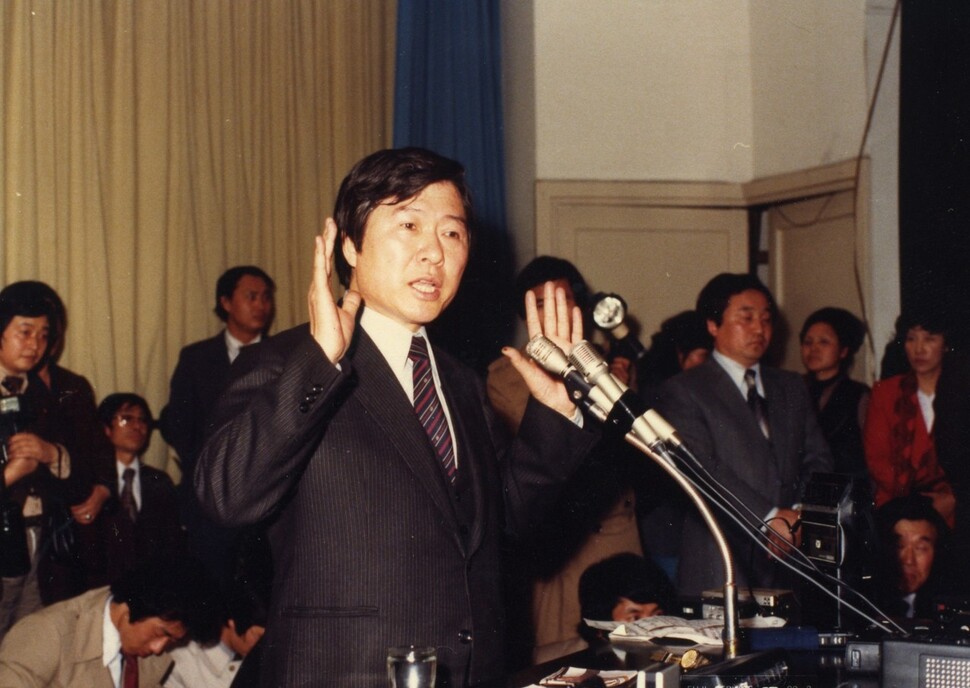
In August, 1993, governor of ‘Party for Peace and Democracy’, Kim Dae jung, interviewed with Journalist Cho Gab Je. This interview was held in ‘The Monthly Chosun’, Korean extreme conservatism magazine. Cho Gab Je led an interview with Kim Dae Jung in 10 times. The first interview’s subject was ‘Unification of Korea and North Korea policy’. In this interview, He let the reader know his political opinion. At the time, Monthly Chosun maintained a critical stance toward President Kim Dae-jung’s pursuit of the presidency. Despite this, Kim engaged in dialogue with hardline conservative media outlets to communicate his policy direction and position to the conservative public.
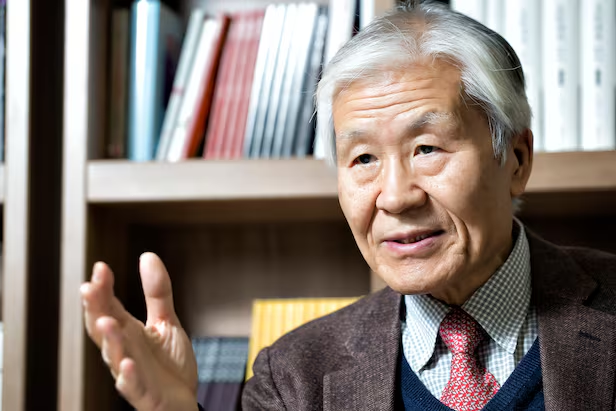
The Division of the Korea
Before diving into the interview, it is important to provide some background on the historical context of Korean unification. In the early morning hours of June 25, 1950, North Korean forces crossed the 38th parallel and launched a surprise invasion of South Korea, triggering the Korean War. Over the next three years, the conflict devastated the entire Korean Peninsula, resulting in millions of casualties and refugees, including a significant number of civilians.
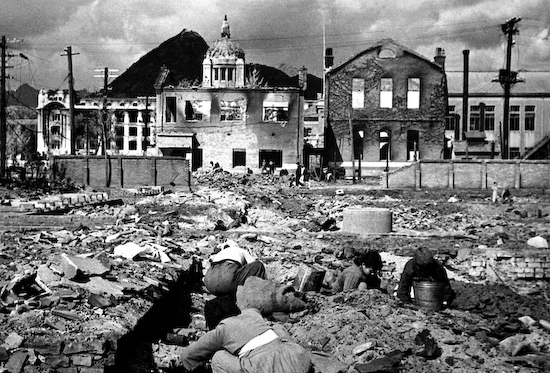
The war came to a halt by the signing of the Armistice Agreement at Panmunjom on July 27, 1953. As a result, the Korean Peninsula was effectively divided into two separate states: North Korea and South Korea. In the years that followed, all forms of inter-Korean exchange were strictly prohibited, and military tensions remained high.
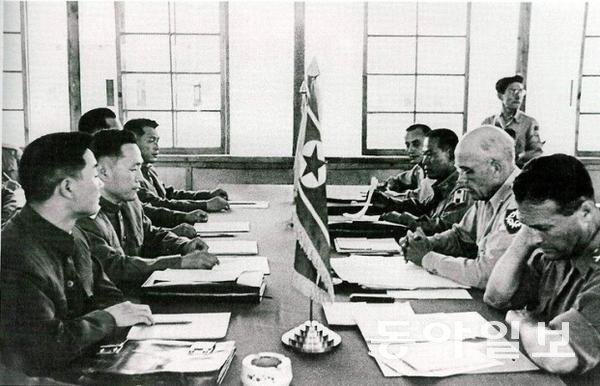
South Korea politicians didn’t participated in this Armistice agreement.
South Korea’s Diverse Views on unification
In South Korea, unification policy has changes depending on the ideological position of the ruling government. S.korean unification policy can be divided into two main frameworks.
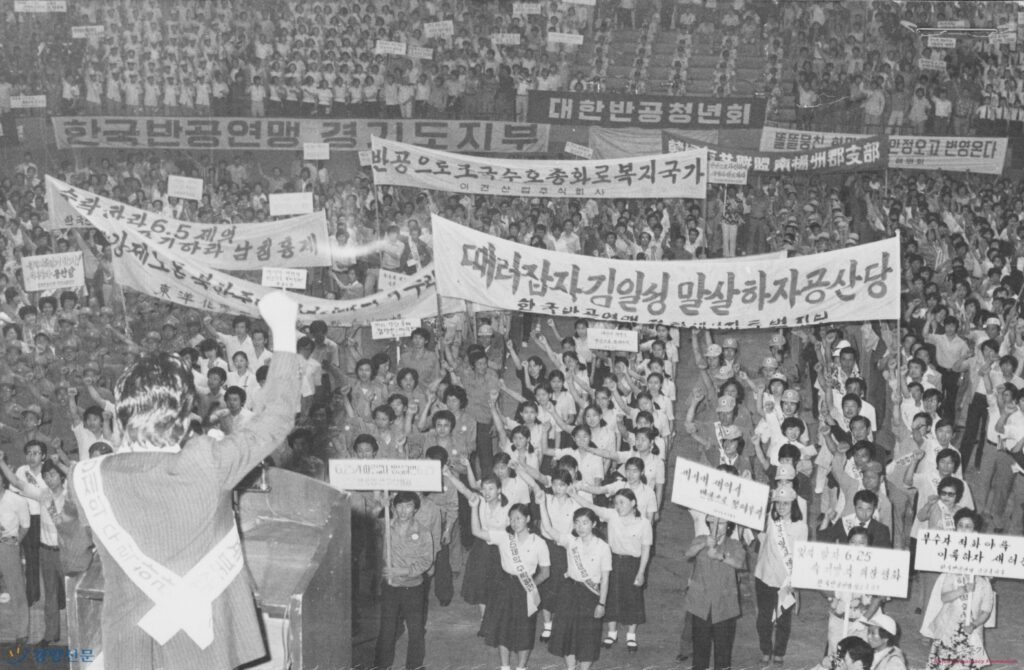
The first idea is the “Northward Unification” approach. This model envisions unification through the military defeat of North Korea or leading to absorption by the South. This idea worked as a main unification policy from the 1950s to the 1980s, an era marked by dictatorship under presidents like Syngman Rhee, Park Chung-hee, and Chun Doo-hwan. At that time, anti-communist was a main ideology of S.korea.
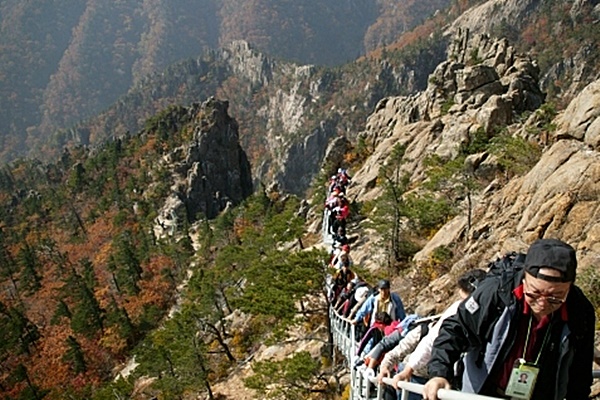
The Mount Kumgang tourism program was initiated
as a result of the inter-Korean Joint Declaration and continued until 2009.
The second idea is the “Confederation Model of Unification”, a gradual and peaceful approach that was invented in the 1990s. It proposes coexistence of the two Koreas as separate systems, while fostering cooperation and exchange for a long time, for the goal of forming a single unified state. This vision was first invented under President Roh Tae-woo and was further developed under President Kim Young-sam. It became a significant momentum during the presidency of Kim Dae-jung.
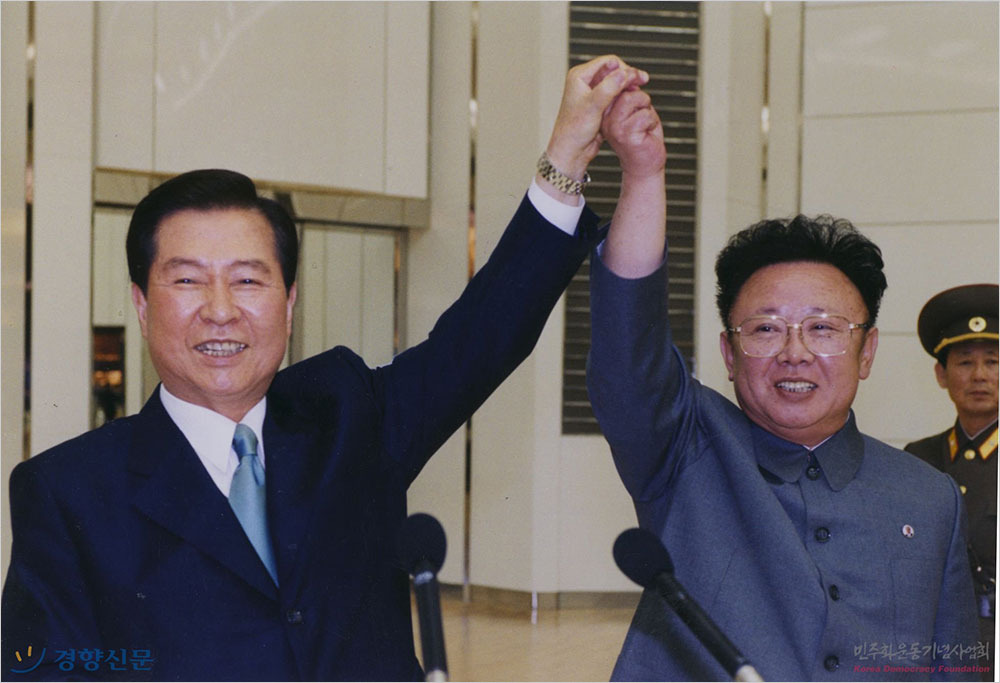
at the inter-Korean summit In 2000.
In June 2000, President Kim made history by holding the first-ever inter-Korean summit with North Korean leader Kim Jong-il. The two leaders signed the June 15 South-North Joint Declaration, which emphasized mutual recognition, expanded exchange, and a phased approach to unification. The declaration marked a turning point in inter-Korean relations.
In 1993, South Korea’s conservative bloc, led by outlets like Monthly Chosun, strongly supported unification through the absorption of North Korea, emphasizing the implantation of liberal democracy and capitalism. They advocated applying the German unification model directly to Korea. In contrast, opposition leader Kim Dae-jung and his supporters argued for a gradual approach, highlighting the economic and political challenges East Germany faced after unification. The interview between journalist Cho Gab-je of Monthly Chosun and Kim Dae-jung showed the ideological divide between South Korea’s conservatives and progressives on the question of unification. This article discusses why Kim Dae Jung opposed german-style unification and how did he present his thought about unification.
Interview
Cho: Cho Gab-je, journalist at ‘Monthly Chosun’
Kim: Kim Dae-jung, President of the Peace Democratic Party
Cho: At the reunification commemoration lecture held on August 13 at the 63 Building, you seemed to emphasize the aftereffects of German unification, probably based on firsthand observation. It came across as a strong impression that you view German unification as having been flawed.
Kim: It’s not that German unification itself was wrong, but that the rapid pace of unification was problematic. West Germany had enormous economic strength and was well prepared for unification. Even so, West Germany has been struggling to handle the burden of unification, resulting in a current fiscal deficit of 600 billion marks. Chancellor Helmut Kohl initially estimated that spending 50 billion marks per year for ten years — a total of 500 billion marks — would be sufficient for unification costs. However, after unification, 200 billion marks have been spent annually. That means 2 trillion marks are needed over ten years. The problem is that East Germany has still not economically recovered despite these investments.
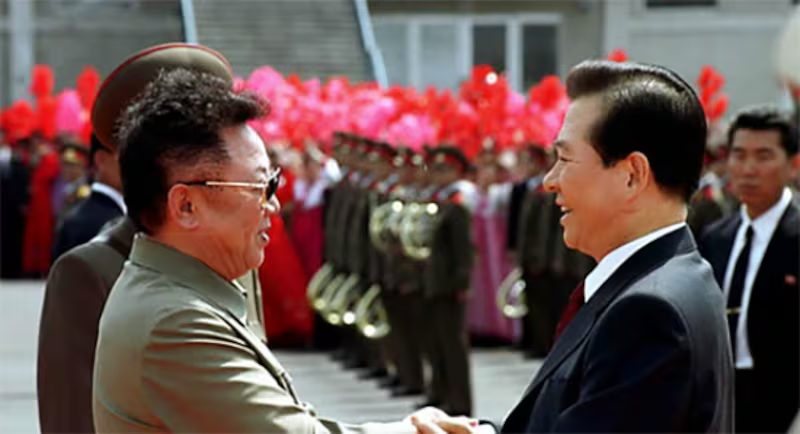
Going forward, we will have to support North Korea, but we must encourage them to overcome dependency. Business must be conducted with clear accounting, and humanitarian aid should be strictly separated. Responsibilities must be clearly divided; we cannot treat everything simply under the banner of humanitarianism. The political framework that makes this possible is the confederation model.
Cho: So you’re saying that a confederation is necessary as a political framework that can help North Korea economic development?
Kim: A confederation is necessary for several reasons. Full reunification is, of course, ideal, but even a federal system is currently not feasible. In a federation, internal affairs are managed separately, but foreign affairs and defense are unified—something that is completely impossible at this stage. The mindset, behaviors, and sense of ethnic unity between the two Koreas have not recovered enough to be unified. If we try to unite now, the situation could become even more difficult than that of East and West Germany. If South Korea assumes full responsibility for North Korea, both sides will collapse financially. A confederation offers a way to share the burdens on the path toward unification. West Germany had an economy six times the size of South Korea’s current economy, a population four times larger than East Germany’s, and twice the land area. Yet even they suffered severe aftereffects following unification.
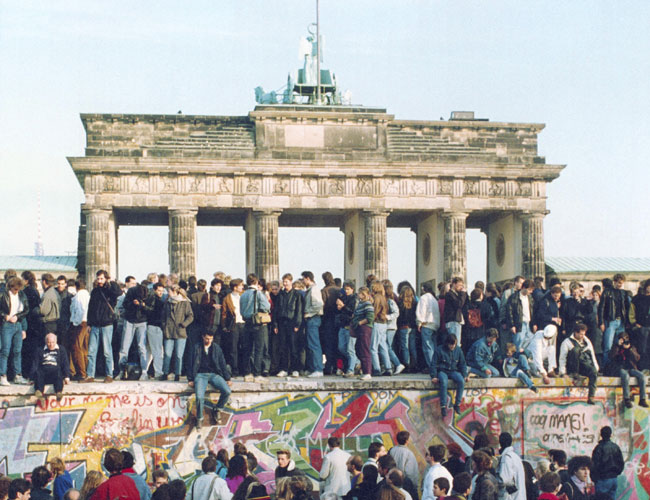
Kim: Germany was once in a state of “one nation, two states,” but now some say a new form of division has emerged: “one state, two societies.” East and West Germany no longer exist, but East Germans and West Germans clearly still do. East Germans are considered second-class citizens, while West Germans are regarded as first class citizens. President von Weizsacker once told me, “The Berlin Wall may have come down, but the wall in our hearts still remains.”
Cho: The term “absorptive unification” has become popular, but its meaning is often misunderstood. North Korea interprets it as a forced integration by power—a kind of unification where one side devours the other. South Korea, on the other hand, refers to it as a German-style unification. In fact, what most South Koreans envision as absorptive unification is indeed similar to the unification of East and West Germany. Many people believe that unification will eventually occur under the ideology of liberal democracy—the only question is about how quickly or slowly it should happen. President Kim Dae-jung also seems to suggest that while political unification under liberal democracy is inevitable, the pace must be gradual.
Kim: No, that’s not what I mean. Even if the process is slow, unification should not follow the same path as West Germany absorbing East Germany.
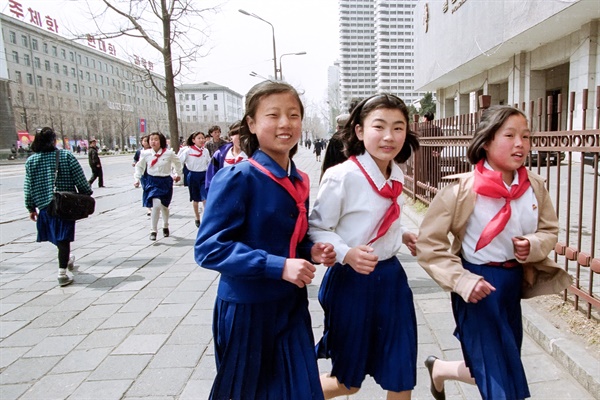
Let’s take a realistic look. Even if the Kim Il-sung and Kim Jong-il regimes collapse, it’s unlikely that North Koreans would cross the DMZ like East Germans did and rush toward unification. North Korea has long taught its people that “South Korea is an American colony, where only a few live well while the rest are beggars, and it’s a den of crime, drugs, and prostitution.” To North Koreans, South Korea is a completely unacceptable society, and they have a deeply negative impression of it. Expecting them to rise up and willingly be absorbed by the South like East Germans did is unrealistic.
Cho: So, can we understand the confederation stage—where both the North and South Korean governments exercise their own sovereign powers—as a political framework that enables North Korea to develop its own competitiveness?
Kim: Exactly. The confederation stage should be maintained for at least ten years or more. If North Korea starts trading and doing business with us, it will gradually move toward openness. And once it opens up, it will need to be competitive. To become competitive, it must adopt a market economy. But a market economy cannot succeed without democracy. The market economy and democracy are two sides of the same coin.
In this sense, even China will eventually hit a wall if it doesn’t embrace democracy. In the labor-intensive stage, repression may work. But when a country transitions to an information- and knowledge-based, high-tech industry, information must flow freely like water, and creativity must emerge. This is impossible under a dictatorship.
North Korea, too, will move toward openness, a market economy, pluralism, and ultimately democratization. If we approach this with patience, we can guide North Korea to change—both through our capabilities and their own emerging needs.
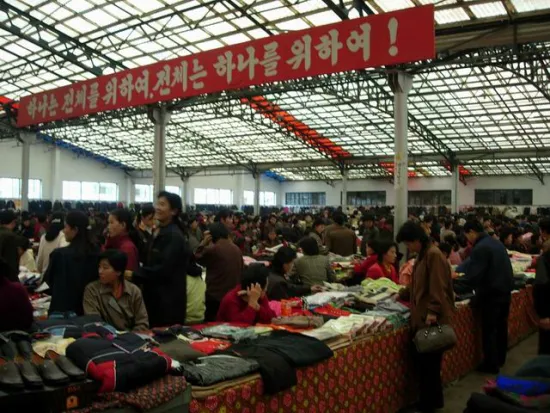
N. koreans earn money in those markets.
Sunshine policy and Kim Dae Jung
In 1998, Kim Dae-jung was elected as the 15th President of South Korea. After his inauguration, he actively pursued a conciliatory policy toward North Korea, known as the “Sunshine Policy,” which brought a new turning point to inter-Korean relations. His North Korea policy was concretized in June 2000 with the “June 15th South-North Joint Declaration.” In this declaration, President Kim Dae-jung and North Korea’s National Defense Commission Chairman Kim Jong-il reached an agreement focusing on expanding economic cooperation, promoting humanitarian exchanges, and mutually recognizing each other’s regimes. For his contribution in the June 15th Joint Declaration, Kim Dae-jung was awarded the Nobel Peace Prize, becoming the first Korean to receive a Nobel Prize. Since then, his unification policy has had a direct influence on the North Korea policies of South Korea’s democratic parties, which range from liberal to centrist and center-right political orientations.
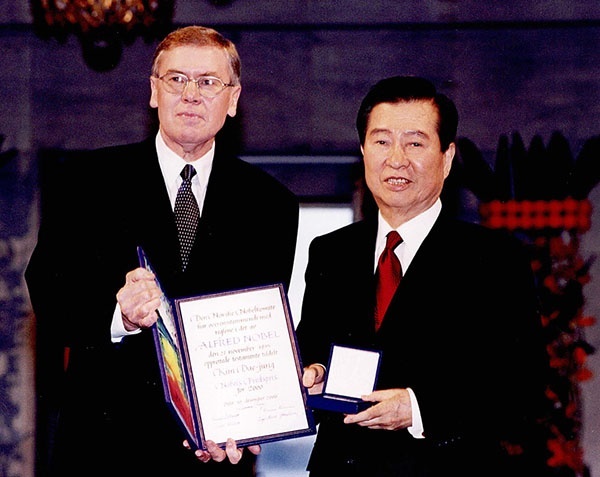
However, South Korea’s conservative forces strongly criticized the policy. The conservative camp condemned the Sunshine Policy as a “handout” that unilaterally benefited North Korea and demanded its immediate abolition. Cho Gab-je, a journalist who personally interviewed former President Kim Dae-jung, even labeled his North Korea diplomacy as “acts of betrayal,” asserting that Kim had pro-North sympathies. This criticism played a significant role in shaping the hardline North Korea policies of subsequent conservative administrations.
Kim Dae-jung’s Sunshine Policy became a turning point that clearly divided the ideological landscape of South Korean society. From this policy onward, South Korean politics split distinctly between the progressive bloc, which favored a conciliatory approach toward North Korea, and the conservative bloc, which advocated a hardline stance. Nonetheless, a majority of South Koreans share a consensus that the two Koreas should eventually be reunified. In this social climate, inter-Korean unification is likely to remain a major political agenda for South Korea in the years to come.
